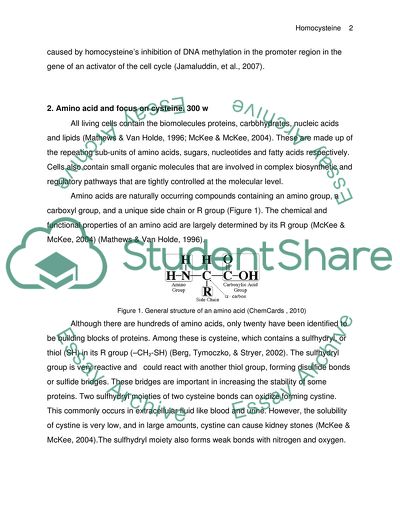Cite this document
(Controversial Role of Homocysteine in Atherosclerosis Term Paper, n.d.)
Controversial Role of Homocysteine in Atherosclerosis Term Paper. Retrieved from https://studentshare.org/health-sciences-medicine/1732156-controversial-role-of-homocysteine-in-atherosclerosis
Controversial Role of Homocysteine in Atherosclerosis Term Paper. Retrieved from https://studentshare.org/health-sciences-medicine/1732156-controversial-role-of-homocysteine-in-atherosclerosis
(Controversial Role of Homocysteine in Atherosclerosis Term Paper)
Controversial Role of Homocysteine in Atherosclerosis Term Paper. https://studentshare.org/health-sciences-medicine/1732156-controversial-role-of-homocysteine-in-atherosclerosis.
Controversial Role of Homocysteine in Atherosclerosis Term Paper. https://studentshare.org/health-sciences-medicine/1732156-controversial-role-of-homocysteine-in-atherosclerosis.
“Controversial Role of Homocysteine in Atherosclerosis Term Paper”, n.d. https://studentshare.org/health-sciences-medicine/1732156-controversial-role-of-homocysteine-in-atherosclerosis.


